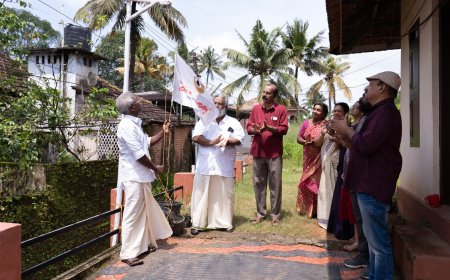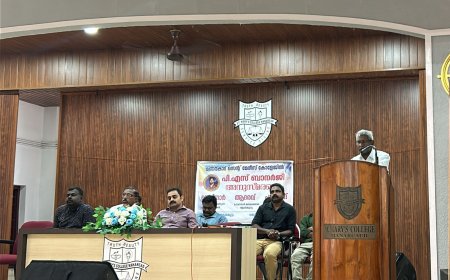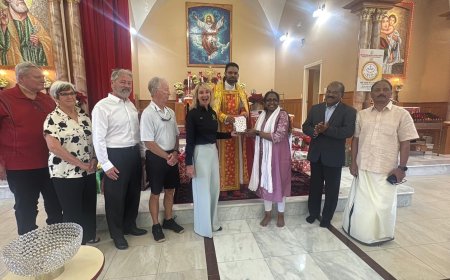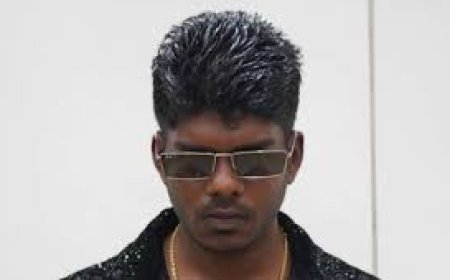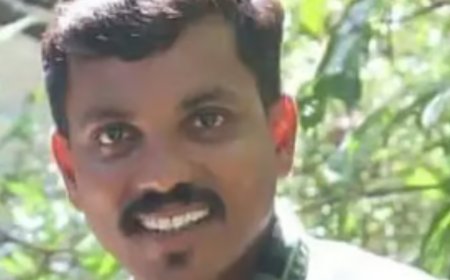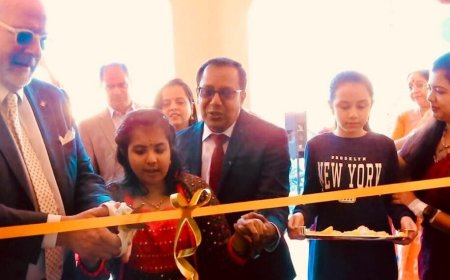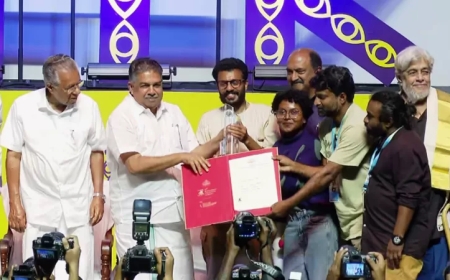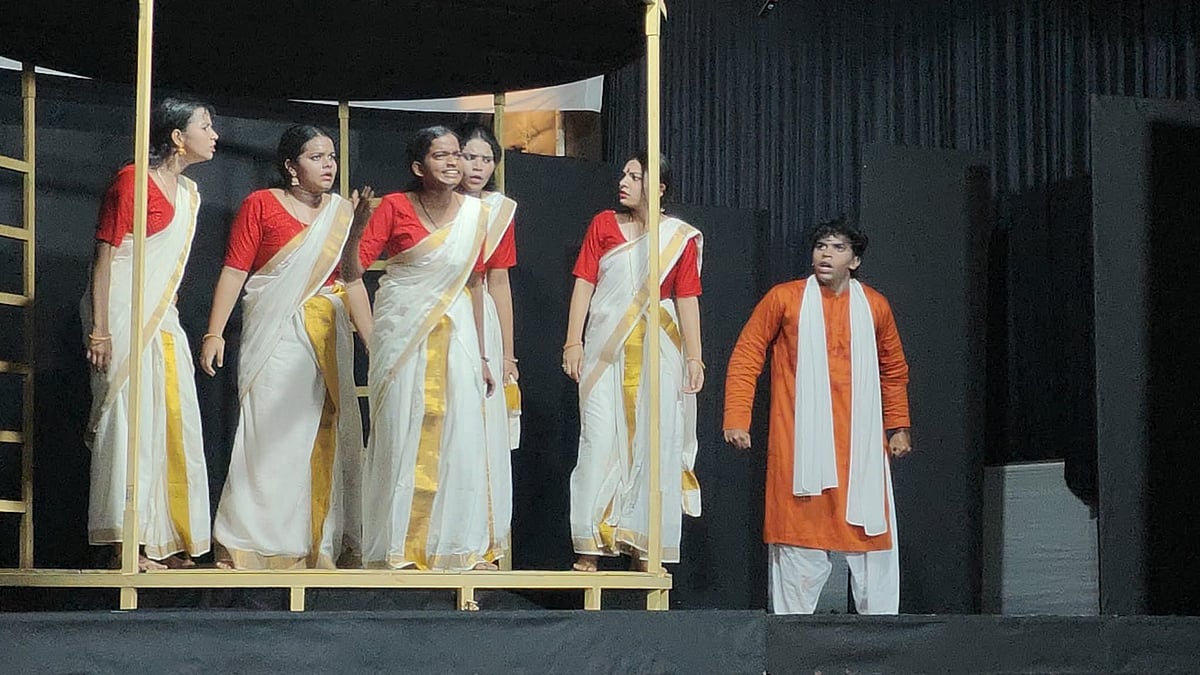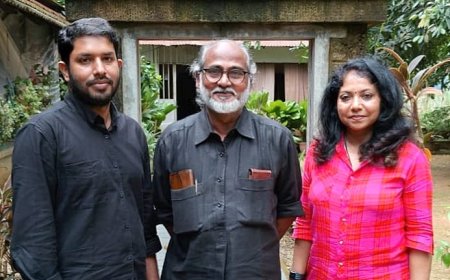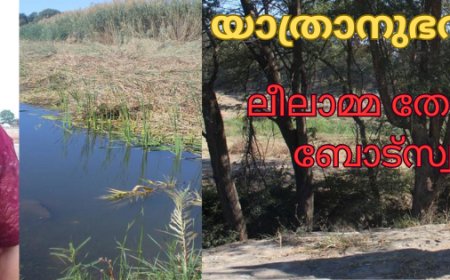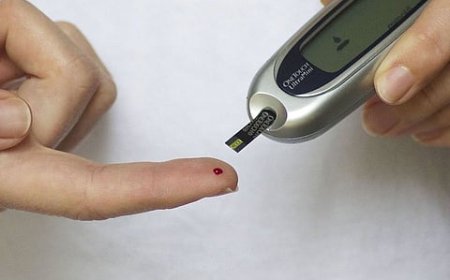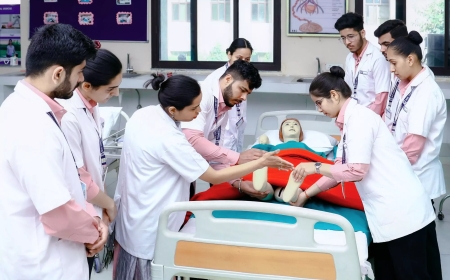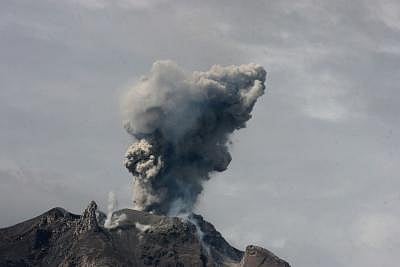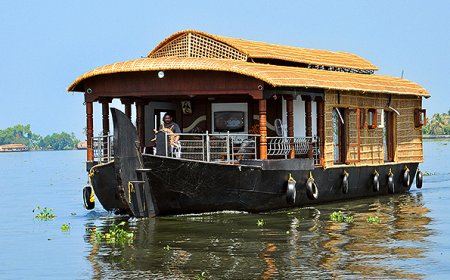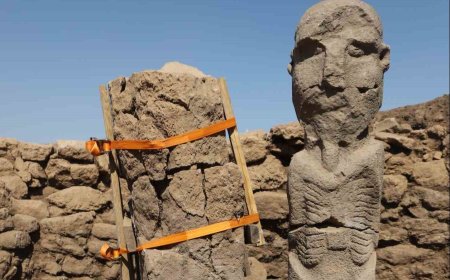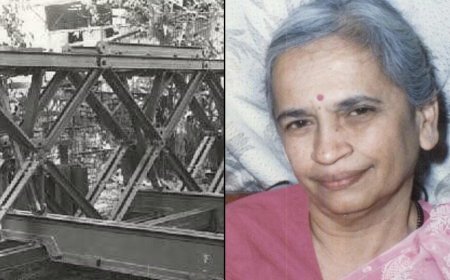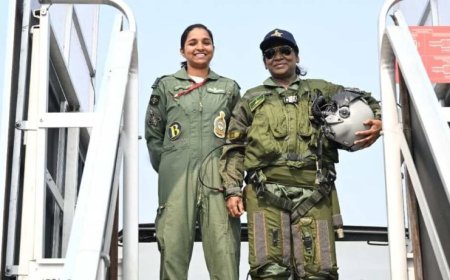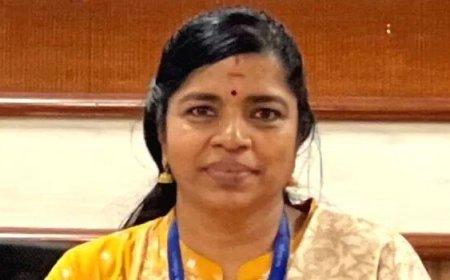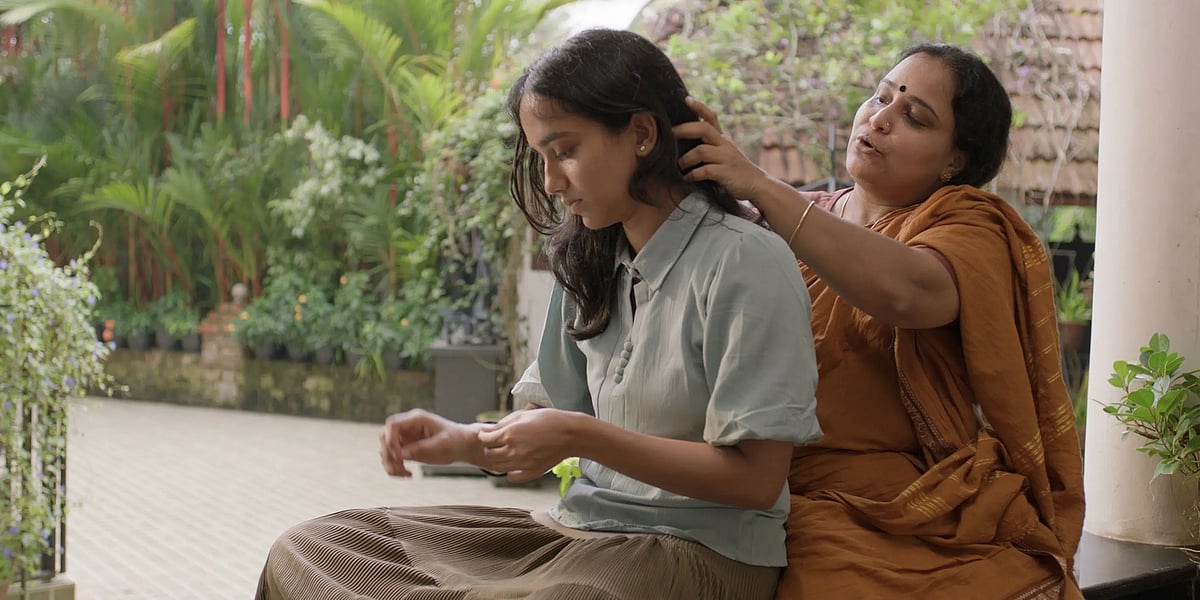Let’s keep the Nipah virus at bay

IT is high time the authorities initiated a concerted effort to coordinate the departments concerned not just to curtail the spread of Nipah virus but to totally annihilate it.
A 49-year-old man died on August 30, and another 40-year-old person died on September 11, in the same private hospital in Kozhikode.
The first Nipah outbreak in Kerala was in 2018, during which 17 deaths were reported and 18 cases were confirmed as Nipah as of June 1, 2018. However, when a second outbreak happened in 2019, the state was able to contain it without reporting any death.
Three years after the first outbreak, another case of the Nipah virus was reported from the state when a 12-year-old boy succumbed to the infection in Kozhikode district in September 2021.
After a health alert following the two recent unusual fever deaths, Health Minister Veena George said that precautionary measures had been initiated in the state and further action would be taken.
After a high-level meeting of officials at the district collectorate, Veena George said that the contacts of the deceased, including their relatives, were being monitored by the health department officials, besides putting on alert the entire public and private health system. Isolation facilities were also made ready.
Direct contact with infected pigs, other infected animals or through contaminated fruit (half-eaten fruit left by fruit bats) and even direct contact with sick persons have been cited as the underlying cause of outbreaks, according to a report in the Indian Journal of Virology.
The incubation period for the virus ranges from 5 to 14 days and symptoms become visible after this period. Symptoms include fever, headache, fainting and nausea.
In some cases, symptoms like choking, stomach pain, vomiting, fatigue and blurred vision could also be there. The patient can possibly go into a coma just two days after the symptoms begin. The chance of contracting encephalitis that affects the brain is also high.
Take caution to ensure that food is not contaminated by bats. Take precautions to ensure bats don’t eat the food or drop feces on it. Do not eat fruit that may have been bitten by bats. Do not drink toddy that is brewed in open containers near palm trees.
It is also important to safeguard oneself after coming in contact with someone who has contracted the virus. It is important to maintain a distance from the patient and to sanitise and wash hands thoroughly.
Clothes, utensils and items typically used in the toilet or bathroom, like buckets and mugs, should be cleaned separately and maintained hygienically. Hands should always be kept clean using soap or alcohol hand rubs. Hands should be washed with soap for at least 20 seconds.
All patients who come with the symptoms should be admitted to isolation wards.
According to the Director General of the Indian Council of Medical Research (ICMR) Rajeev Bahl, the mortality rate in Nipah virus infection cases is very high compared to the Covid-19 infection.
While in Covid-19 the mortality was not more than 2% to 3%, in Nipah virus infection cases, the mortality rate has ranged between 40% to 70%.
As there are no vaccines for the Nipah virus, what is required from the general public is precaution and prevention. If the above guidelines can be followed, the virus can be controlled to a great extent.
Kerala Chief Minister Pinarayi Vijayan, while addressing the media on Tuesday, said: "Even though the authorities have been able to contain the spread of Nipah, things are not fully cleared. Caution has to be there for a while more and the media personnel going for reporting in the area like the health professionals have to be careful," he said.
"A second wave cannot be ruled out, but as of now, everything is under control. 39 samples of bats had been sent for testing and have come negative. In 2018, Nipah was first reported in Kozhikode, then in 2019, it was at Ernakulam, then again at Kozhikode in 2021. Why in Kozhikode all the time is yet to be ascertained even as ICMR is still unable to come out on it," Vijayan said.
He added that there were 1,286 suspected cases this time and six positive cases were reported.
"Of the total suspects, 276 were in the high-risk category, of which 122 were family members and relatives of the six positive cases. The suspects also included 118 health professionals. At present, 994 people are under observation. In all, 304 samples were sent for testing of which 267 results have come and six were positive. At the moment nine people are under isolation at the Kozhikode Medical College hospital," he added.
Instead of controlling the spread of the virus, the authorities must conduct follow-up studies to identify the pattern of infection and warn the public accordingly.
Let us avoid a recurrence and keep the virus at bay.




